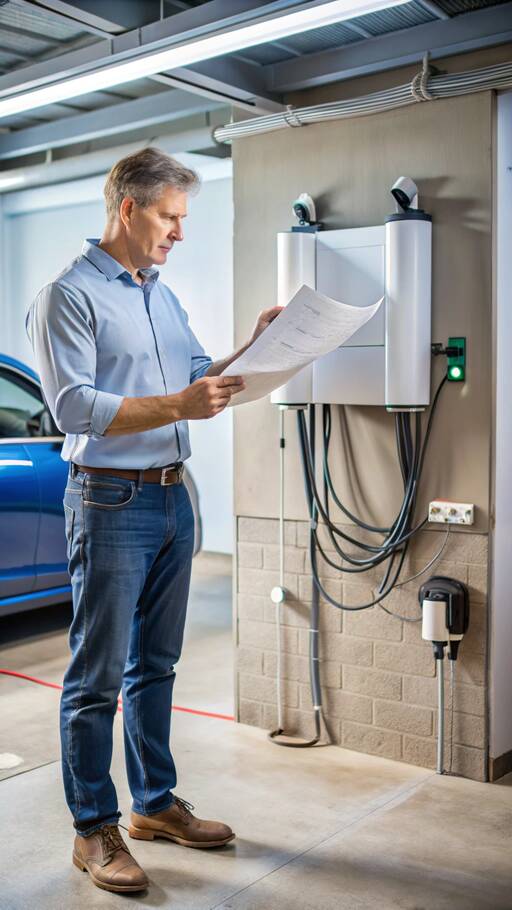
- Vague Definition: The term "qualified person" could be widely interpreted as necessitating a licensed professional.
- Unintended Consequences: Banning DIY installations may not deter homeowners but could lead to unpermitted work, skipping crucial safety inspections.
Prominent industry players, including Rivian and the Electric Vehicle Charging Association, oppose the qualified installer stipulation. They argue:
- Permitting and Safety: Encouraging local permits and inspections is vital for safety, whereas the new rule could incentivize homeowners to falsely report installations as non-EV related to obtain permits.
- Electrical Hazards: Workarounds to install less safe plug-in outlets could increase fire risks.
Alongside the qualified installer rule, a change requiring a five-milliamp ground-fault circuit interrupter (GFCI) is also under scrutiny. This addition could:
- Increase Nuisance Trips: The low threshold might cause unnecessary trips during common charging situations, requiring resets that may not be easily accessible at public stations.
Major companies like Tesla and ChargePoint join Rivian in contesting the GFCI requirement, emphasizing its potential to disrupt reliable EV charging.
The proposed NEC changes could restrict DIY EV charger installations and impose burdens on public charging reliability. Industry advocates push for amendments to the code, emphasizing more realistic safety measures and the elimination of barriers that discourage compliant installations.
Summary: Proposed changes to the 2026 NEC requiring "qualified persons" for EV charger installations could hinder DIY projects and lead to unsafe practices. Additionally, a new GFCI requirement may cause unnecessary charging disruptions. The industry is rallying to adjust these proposals in favor of practical safety solutions and consistent charging reliability.